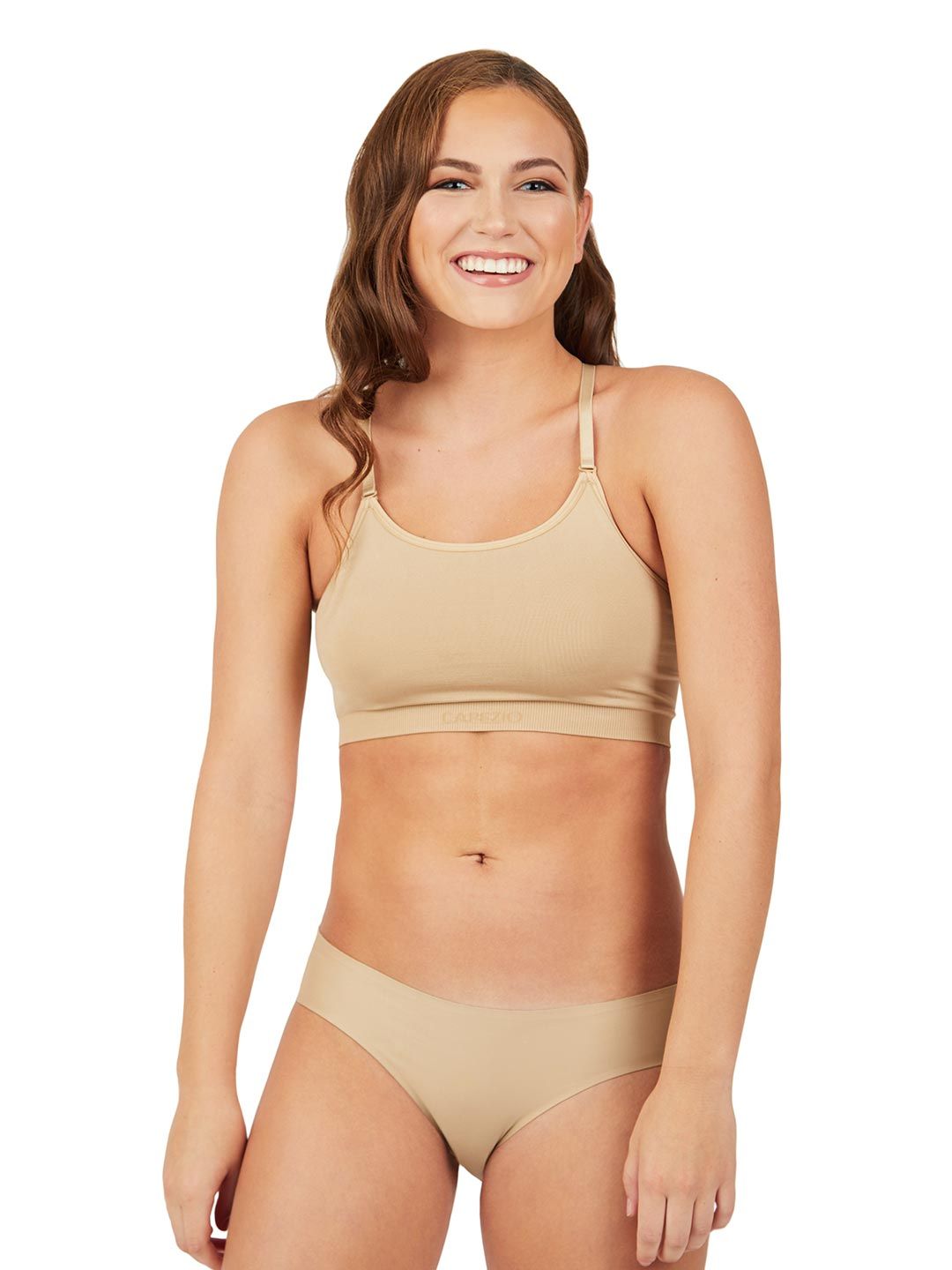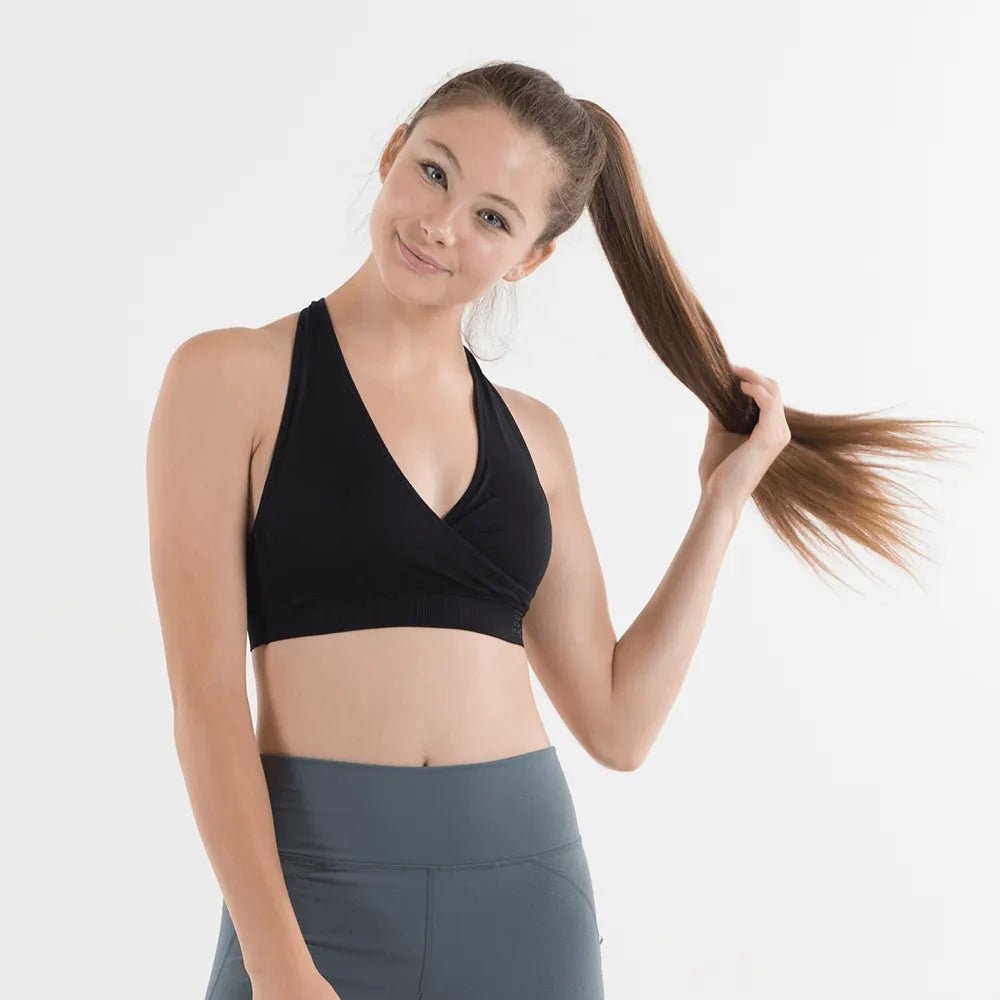Finding the Perfect First Bra: A Guide for Tweens and Their Parents
This moment arrives quietly, a subtle shift from childhood into something new. It’s not about rushing growth but about offering comfort, support, and confidence as a young person’s body begins to change. The search for the right bras for tweens is a significant step, blending practical needs with emotional readiness. This guide aims to demystify the process, providing a clear, supportive path forward for both tweens and their parents, ensuring the experience is positive and empowering rather than confusing or stressful. We will navigate this journey together, focusing on knowledge, fit, and the affirmation that every body is different and deserves to feel comfortable.
Understanding the “Why”: The Physical and Emotional Signals
The decision to look for a first bra is often prompted by a combination of physical development and emotional cues. Physiologically, the onset of breast budding, known as thelarche, marks the beginning of pubertal development. This is a natural process driven by hormonal changes, primarily estrogen. According to resources from institutions like the American Academy of Pediatrics, this stage can begin anywhere from age 8 to 13, and there is a wide range of what is considered normal. The initial development might involve tenderness or sensitivity, making even the softest t-shirt feel uncomfortable. This physical discomfort is a primary reason to consider a bra. However, the emotional dimension is equally important. A tween might feel self-conscious about her changing body, especially in environments like school or during sports activities. She may see her peers wearing bras and desire that same sense of maturity or simply want an extra layer for modesty. The objective here is not to accelerate adulthood but to respond to a genuine need for comfort and security. The first bra should be seen as a tool for confidence, a simple garment that allows a young person to move through their world with one less thing to worry about. It’s a response to their body’s signals, an acknowledgment of their growth that is both practical and respectful.

Navigating the First Conversation: A Partnership Approach
Initiating the conversation about bras for tweens requires sensitivity and a partnership mindset. For a parent, it’s crucial to approach the topic not as a formal announcement but as an open, casual dialogue. The goal is to create a safe space where the tween feels heard and not judged. Begin by observing and listening. You might notice her crossing her arms more often or choosing baggier clothes. Use these observations as a gentle entry point, perhaps saying, “I’ve noticed you might be feeling a little different lately, and that’s completely okay. Is there anything you’d like to talk about or anything that would make you more comfortable?” Framing it as a solution to comfort, rather than a milestone of maturity, can reduce potential embarrassment. It’s also empowering to give her agency in the process. Ask questions like, “What do you think would feel good?” or “Have you thought about what styles you might like?” This shifts the dynamic from a parent-led instruction to a collaborative exploration. The conversation is also an excellent opportunity to provide basic, scientific education about body development, normalizing the changes she is experiencing. You can explain that bodies change at different paces, and there is no “right” time, only the time that is right for her. This approach, supported by child development experts, fosters trust and body positivity, setting a healthy foundation for future conversations about her body and well-being.
Defining the Key Styles: Training Bras, Bralettes, and Light-Support Options
The world of bras for tweens encompasses several styles, each designed for a specific stage of development and level of comfort. Understanding these options is key to making an informed choice. First, the term “training bra” is somewhat of a misnomer; it doesn’t “train” breasts but rather serves as an introductory garment. These are typically very soft, often made from stretchy cotton or modal blends, with minimal or no structuring. They resemble crop tops and are designed primarily to provide a layer of coverage and alleviate sensitivity. A step beyond this is the bralette, which has become incredibly popular for all ages due to its comfort and style. Bralettes are wire-free and usually unlined or lightly padded, offering a bit more shape and style variation than a basic training bra. They often feature pretty lace or racerback designs, making the wearer feel fashionable and comfortable simultaneously. For tweens who are more active or have begun more significant development, a light-support sports bra can be an ideal option. These provide gentle compression and coverage, perfect for physical education classes or casual sports. The common thread among all these styles for this age group is the absence of an underwire. As noted by pediatric orthopedists and fitting experts, underwires can be restrictive and uncomfortable on developing rib cages and breast tissue. The focus should remain on soft fabrics, flexible bands, and adaptable fits that honor the body’s natural changes.

The Science of a Proper Fit: Beyond the Tape Measure
Achieving a correct fit is arguably the most critical aspect of selecting bras for tweens. An ill-fitting bra can cause discomfort, poor posture, and a negative association with wearing bras altogether. The standard adult method of using a tape measure to determine band and cup size is often impractical and unnecessary for a tween’s first bras. At this stage, fit is more about feel and visual inspection than precise numbers. The band, which provides most of the support, should sit snugly around the rib cage, parallel to the floor. It should be tight enough that it doesn’t ride up in the back but loose enough that you can comfortably slide two fingers underneath it. The center gore (the piece between the cups) should lie flat against the sternum. Since many first bras are wireless and stretchy, the concept of “cup size” is fluid. The fabric should smoothly contain the breast tissue without digging in or gaping. A common mistake is choosing a band that is too large to compensate for a perceived cup size; this results in a lack of support. Instead, focus on adjustable hooks and straps. Multiple hook settings allow for growth and flexibility, and straps should be adjustable to stay in place without slipping off the shoulders or digging in. As body image researcher Dr. Sarah Grogan has highlighted, wearing well-fitting clothing from a young age can positively influence body confidence. A good fit means the bra is virtually unnoticed when worn—it simply feels like a comfortable, supportive part of the outfit.
Fabric and Construction: Prioritizing Comfort and Skin Health
The materials used in bras for tweens are not merely a matter of preference but of health and comfort. During puberty, skin can become more sensitive and prone to irritation or acne. Therefore, breathable, natural fibers are highly recommended. Cotton is a superstar in this category due to its softness, breathability, and hypoallergenic properties. It allows air to circulate, reducing moisture buildup that can lead to chafing or yeast infections. Blends that include modal or bamboo viscose are also excellent choices, as they are incredibly soft, moisture-wicking, and sustainable. It’s wise to avoid synthetic fabrics like polyester for everyday wear, as they can trap heat and moisture against the skin. However, for sports bras, a small percentage of spandex or elastane is necessary for stretch and recovery. The construction details are equally important. Look for seamless designs or flat, soft seams to prevent rubbing and visible lines under clothing. Tags can be irritating, so tagless labels or printed information are preferable. The closure, if present, should be smooth and not bulky. As dermatologists often advise, choosing clothing that minimizes friction and maximizes breathability is a key strategy for maintaining healthy skin, especially during a time of hormonal fluctuation. Investing in a few high-quality, comfortable bras made from skin-friendly materials is an investment in a tween’s daily well-being.

Making the Selection: A Positive Shopping Experience
Transforming the task of shopping for bras for tweens into a positive experience sets the tone for a healthy relationship with their body and clothing. The environment matters. Consider starting online, where there is privacy and a vast selection. Reputable brands like Bleuet, brabar, and Capezio specialize in undergarments for young people, offering styles that are age-appropriate, stylish, and functional. Browsing together online allows the tween to point out what she likes without the pressure of a fitting room. If you choose to shop in-store, pick a time when the store is likely to be quiet. Many department stores have fitters who are trained to be discreet and helpful with younger customers. The key is to let her lead the way. Encourage her to touch the fabrics and hold the styles she’s drawn to. This is not just about buying a garment; it’s about learning to make choices for her own body. It’s also an opportunity to introduce concepts of value. While discounted prices are always appealing, emphasize the importance of quality and fit over quantity. A single, perfectly fitting, comfortable bra is far better than three that are “almost right.” This experience is a practical lesson in self-care and informed consumerism. The ultimate goal is for her to walk away feeling excited and confident about her new purchase, viewing it as a positive addition to her wardrobe that she actively chose.
This journey into finding the first bra is a shared passage, a practical response to natural growth that, when handled with care, can strengthen trust and foster self-assurance. The right bras for tweens provide a foundation of comfort that allows a young person to engage fully with their life, from the classroom to the soccer field. It’s a small garment that carries significant weight, symbolizing support, respect, and the celebration of becoming who they are meant to be.







